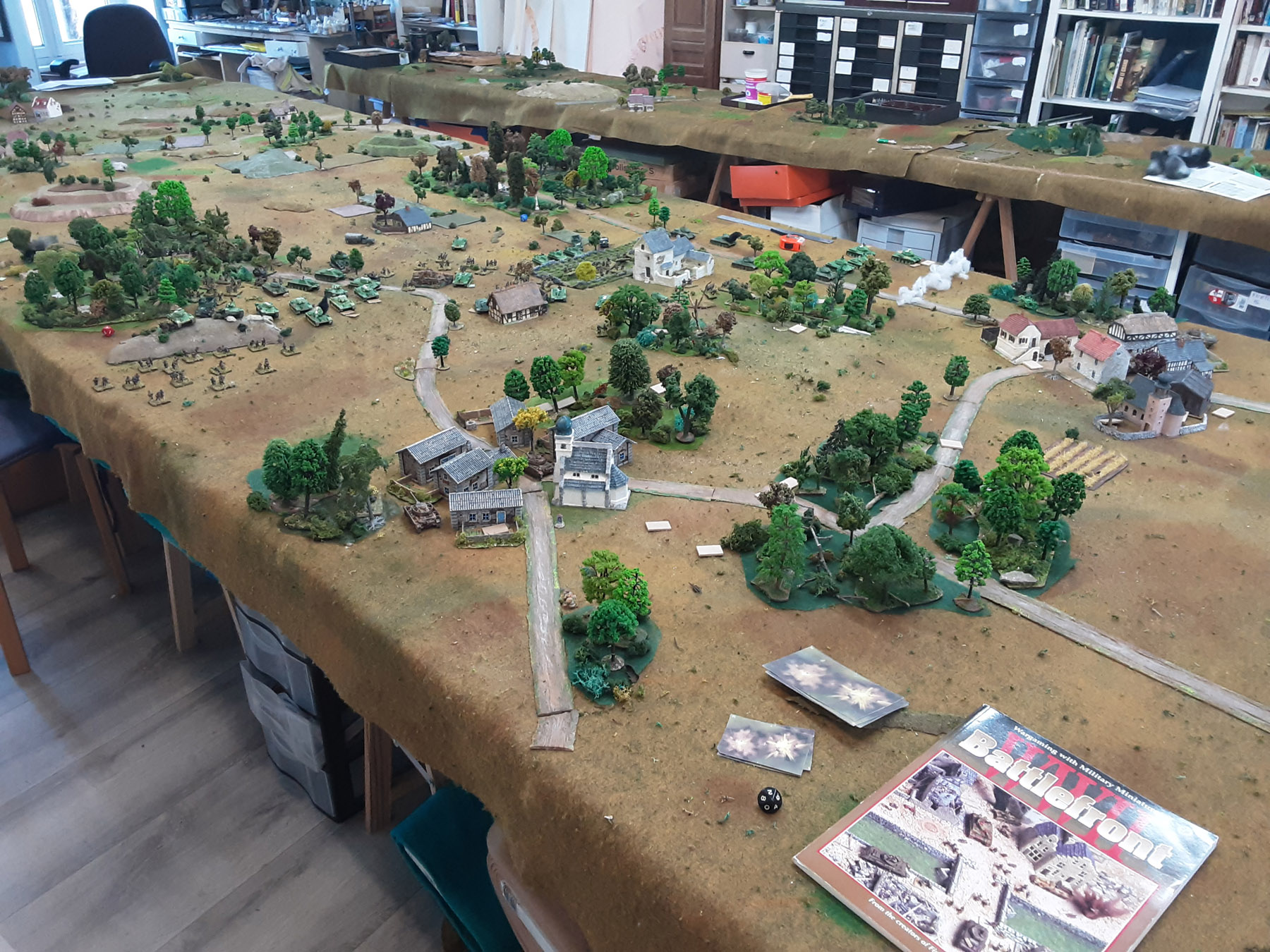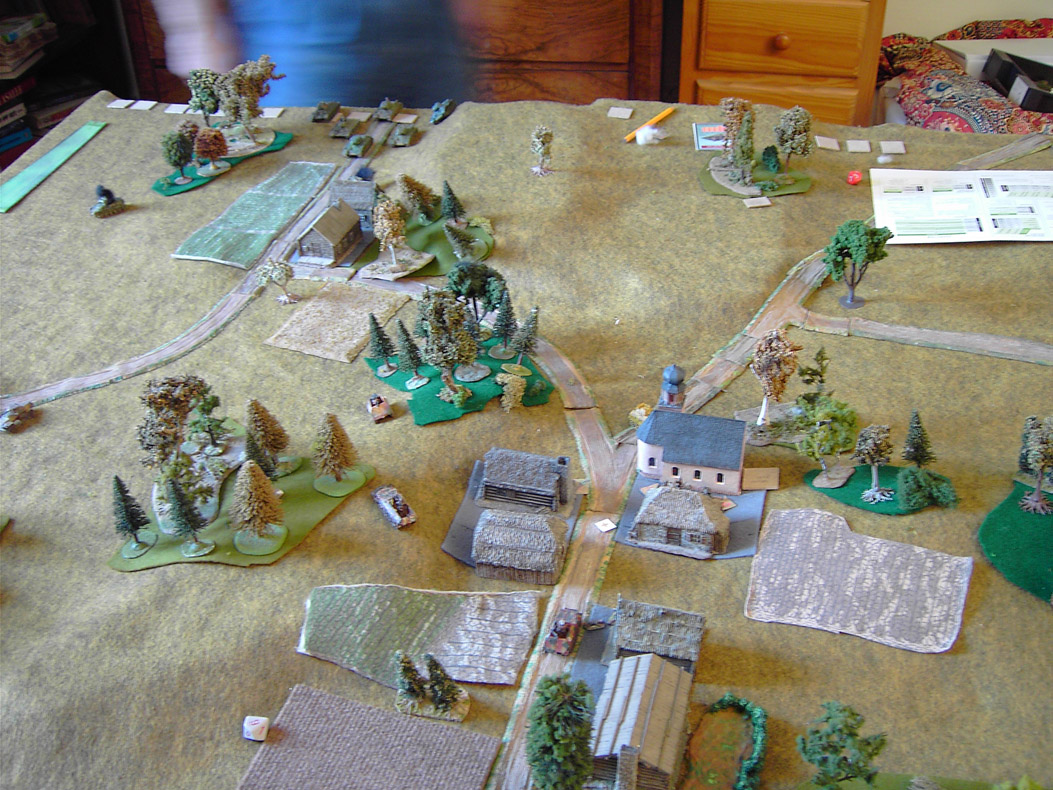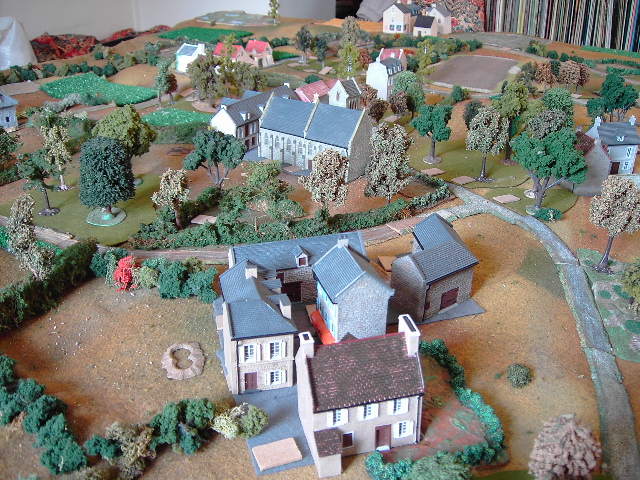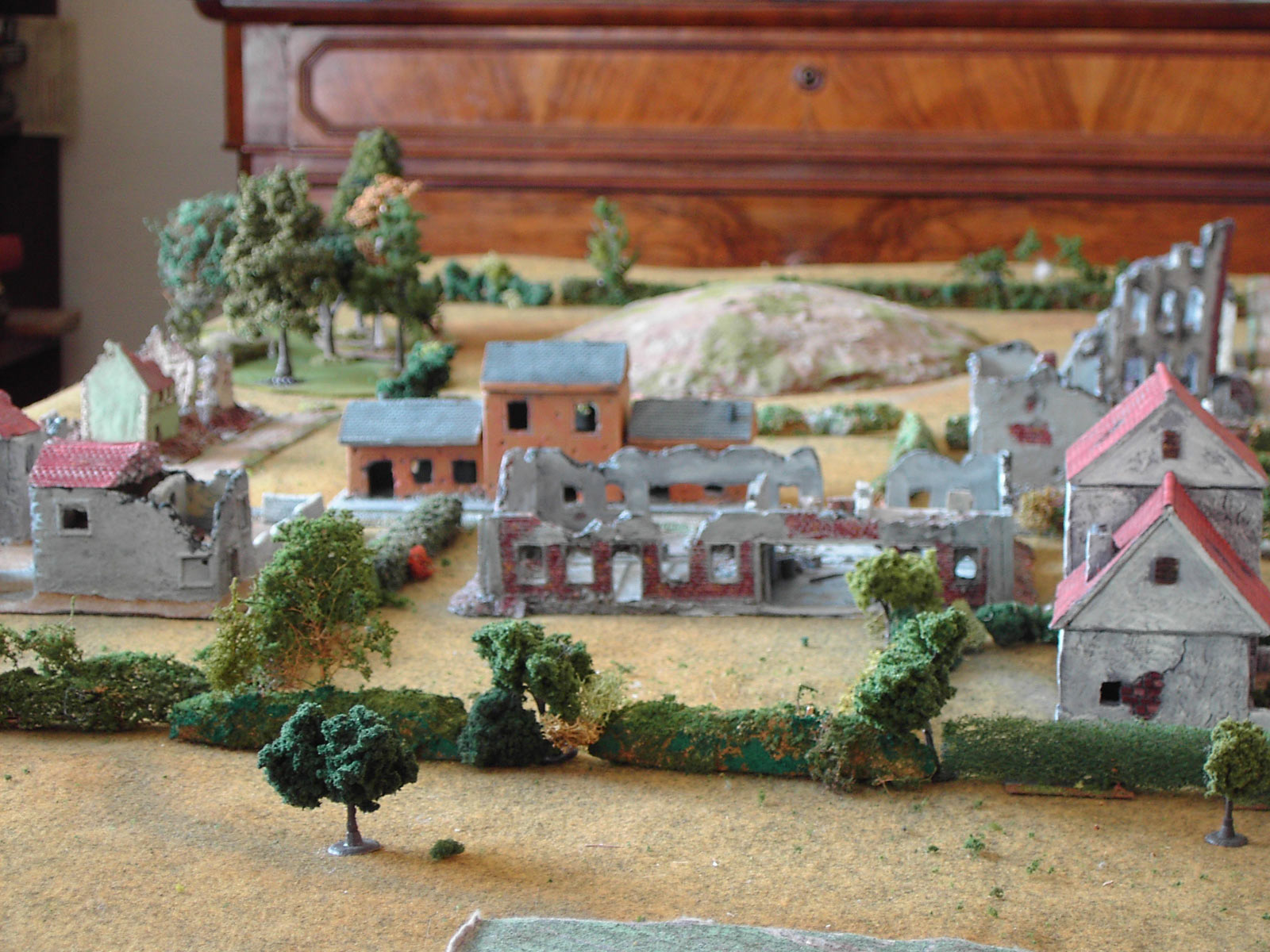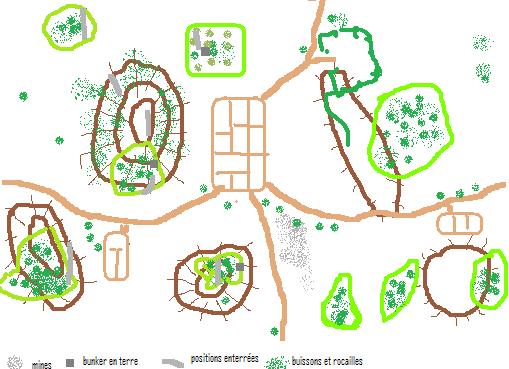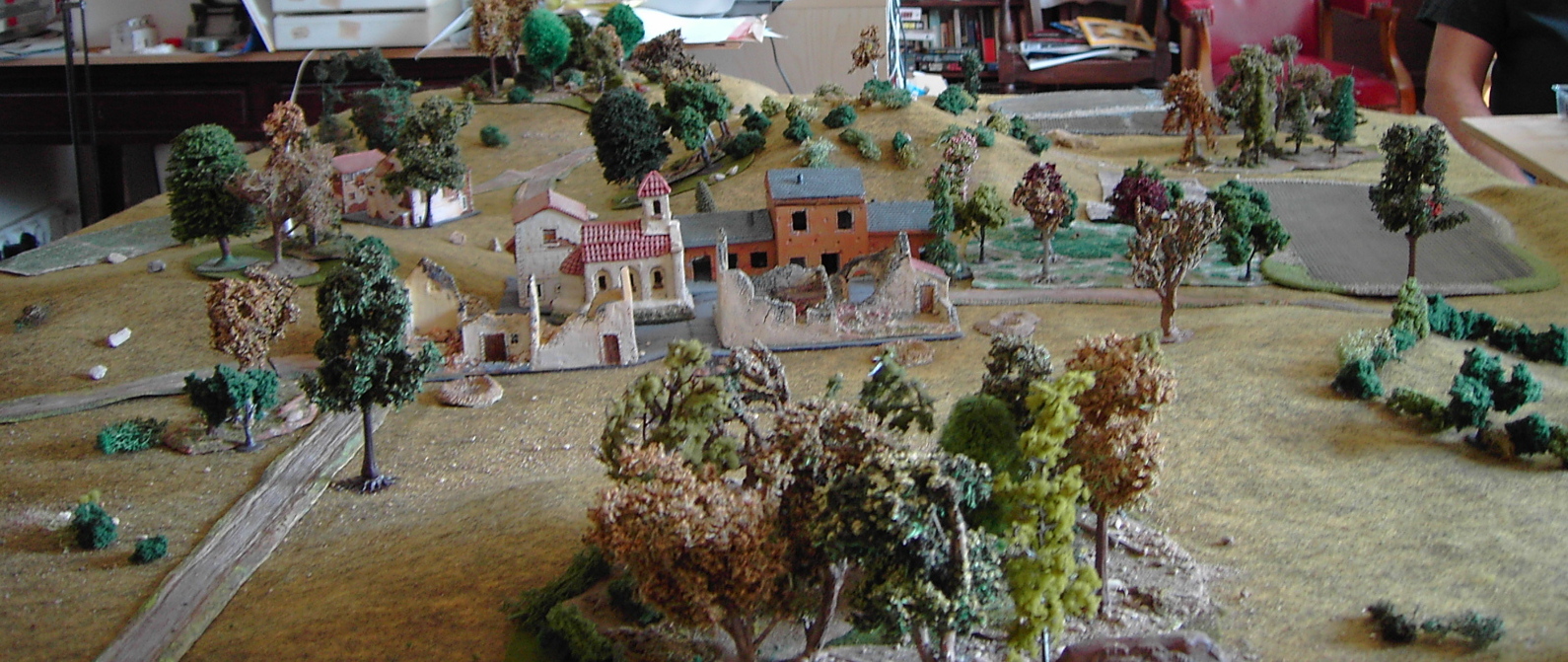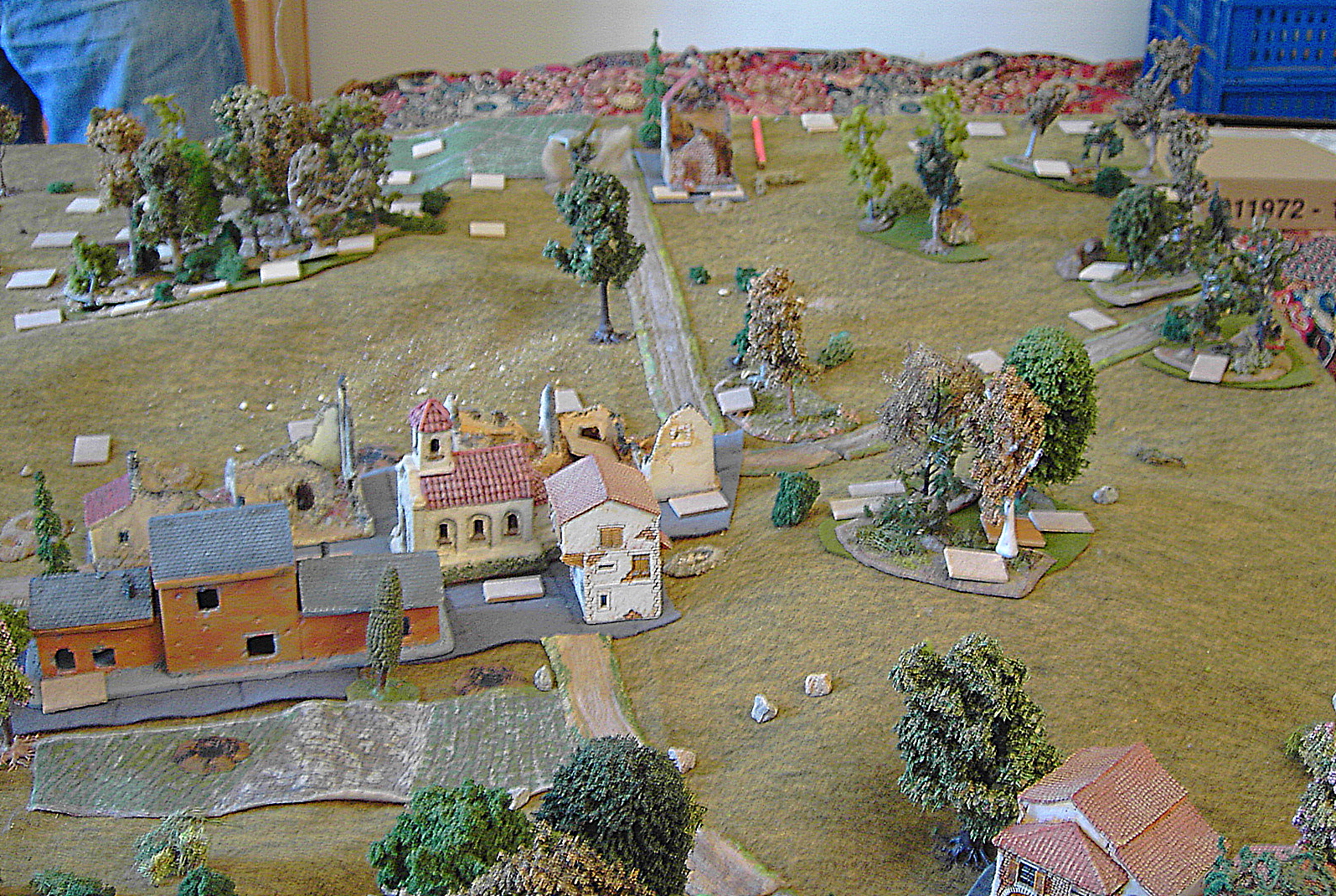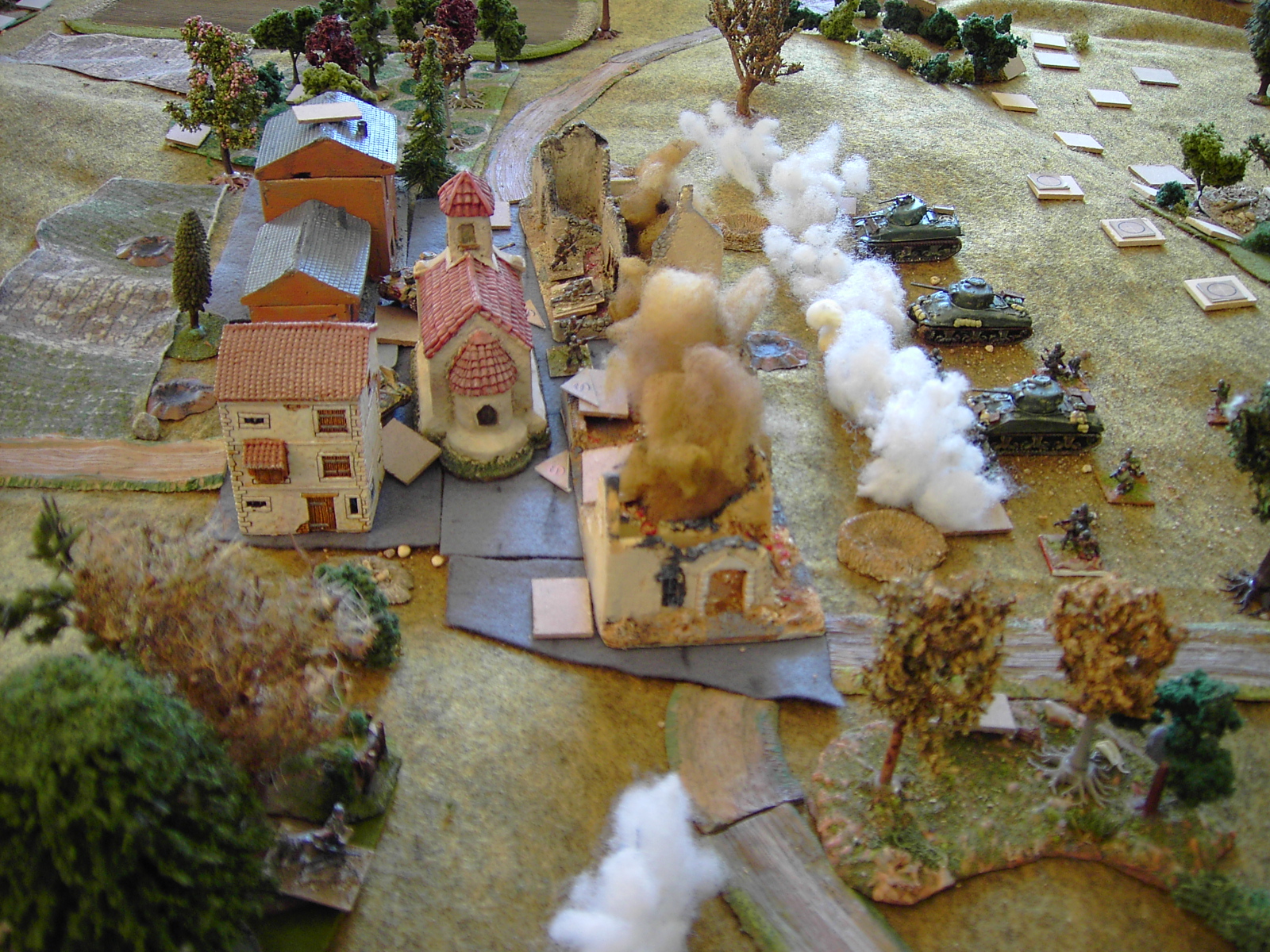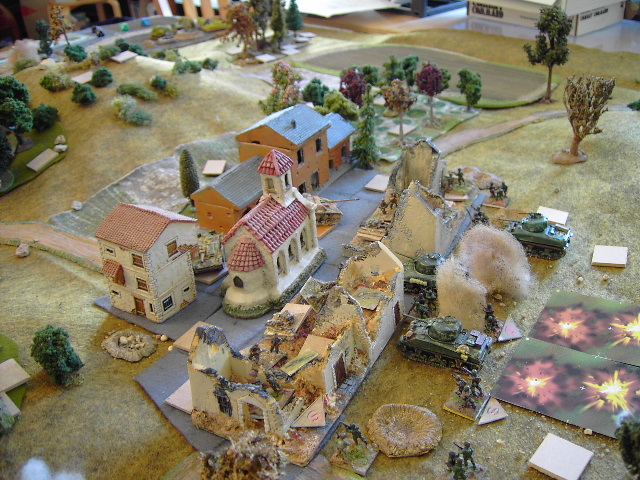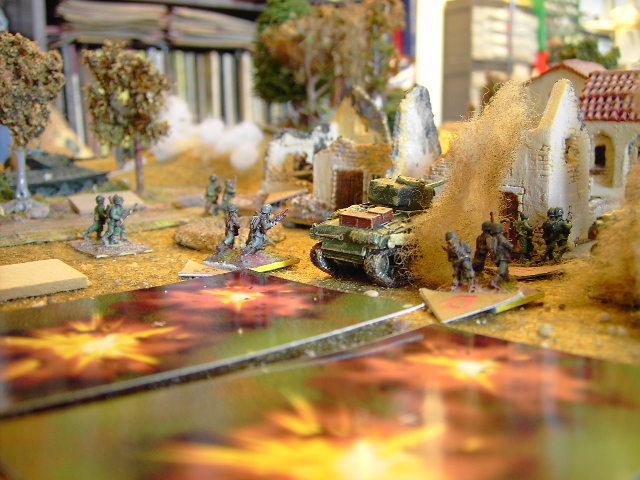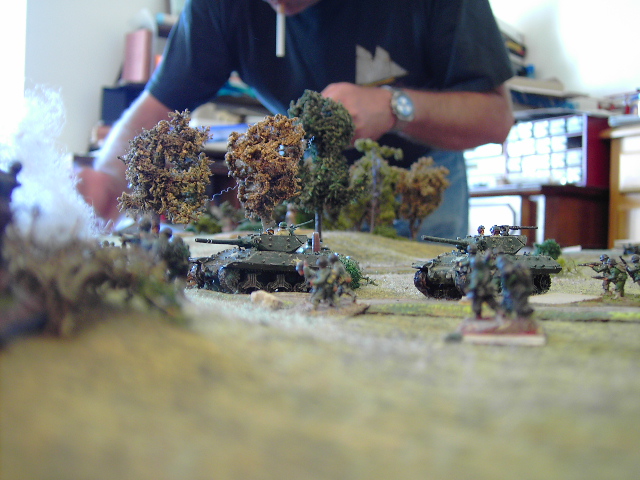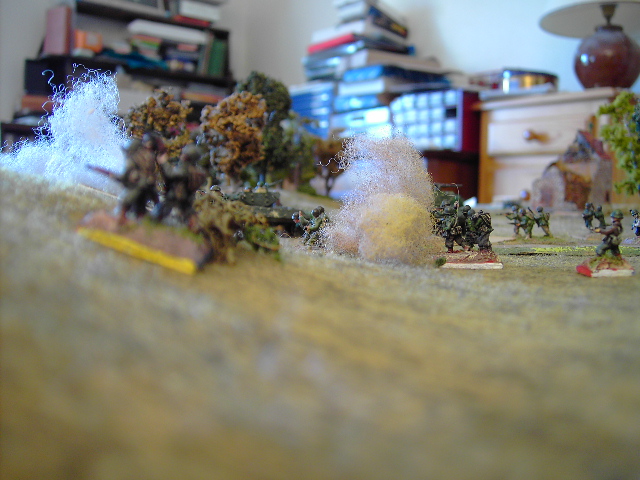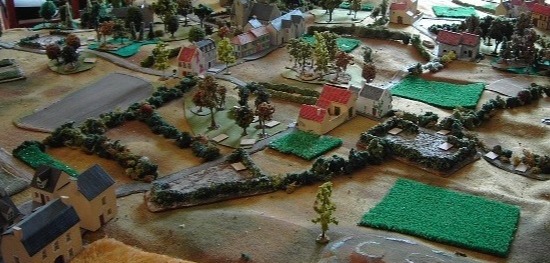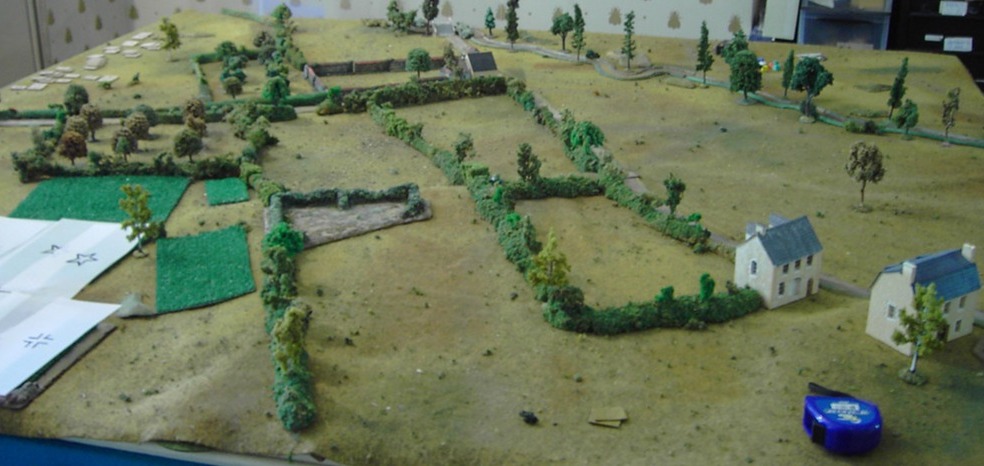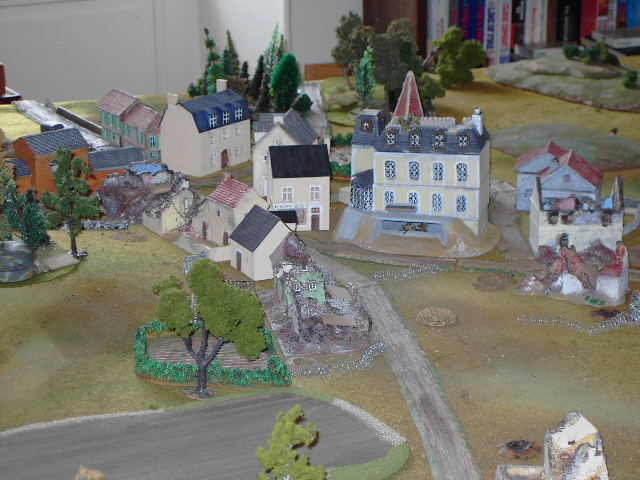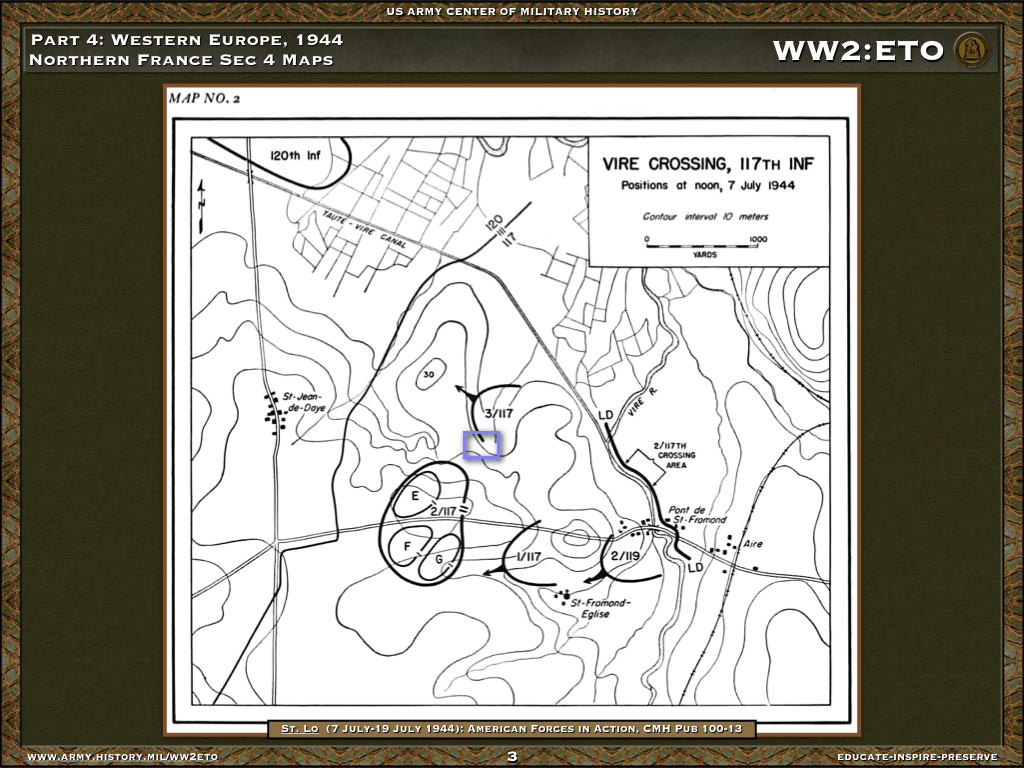First, let me say that platoon sized "skirmish" games with 30-40 men is fine and makes sense for reconnaissance, raids (and then it is right possible the enemy might play fair and could get 100s vs you).The problem is that in WW2 (ww1- Ukraine modern) platoons are part of bigger engagements, quasi systematically. Forgetting it, would be like wanting to play a company in Donzelot division at Waterloo.
Nothing wrong inherently with playing with what amounts to 40 men, a lieutenant or so position. As I want historical-realistic-meaningful games, not fantasy in disguise, the questions are multiple:
1 How much leeway-initiative-independence has a platoon leader in a global fight?
I would depend on the mission. First thing to remember, normally in ww2 they have no or little communication device at this level. Goes by voice and messengers. Slow and limited. The lieutenant and his guys and nearly as importantly with the neighbours and higher command. If your game is too fast, it is fantasy. It probably should have some sort of events like influence from side events and higher commanders.
2 Where should the dreaded end of the world-table edge? Can one disconnect this zone from what is happening right and left?
That is the biggest silliness. Your platoon zone cannot be more than a few 100m, even half or less in very close terrain. ALLL weapons from friend (if he does not figure out where you are;) or foes, can carry out twice of more away. It means your problems are not just those guys in front (in the game- that other platoon in points;) but everything around you. Think of that commanding hill (Italy?) 1km ahead which can hold HMGs ... Yet all games are sort of extracted magical bubble out of context. That's mainly why I don't get it.
3 One could ask about command and control, but more or less it is a forgone conclusion, can only be dented a bit by allowing the all seeing all moving (or rather moving all) to have some choices/ problems. "It is all a game after all" I hear. Without reality and history as a base then anything can be done, no grounded base of reference. I know we live in a time when fact have to fit opinions and ready made doctrines, but still.
Well, that's why I think ww2 should be played in at least company or better battalions. Quite possibly operational boardgames on one hand and computers (which can hide all that needs to be)are the way.
